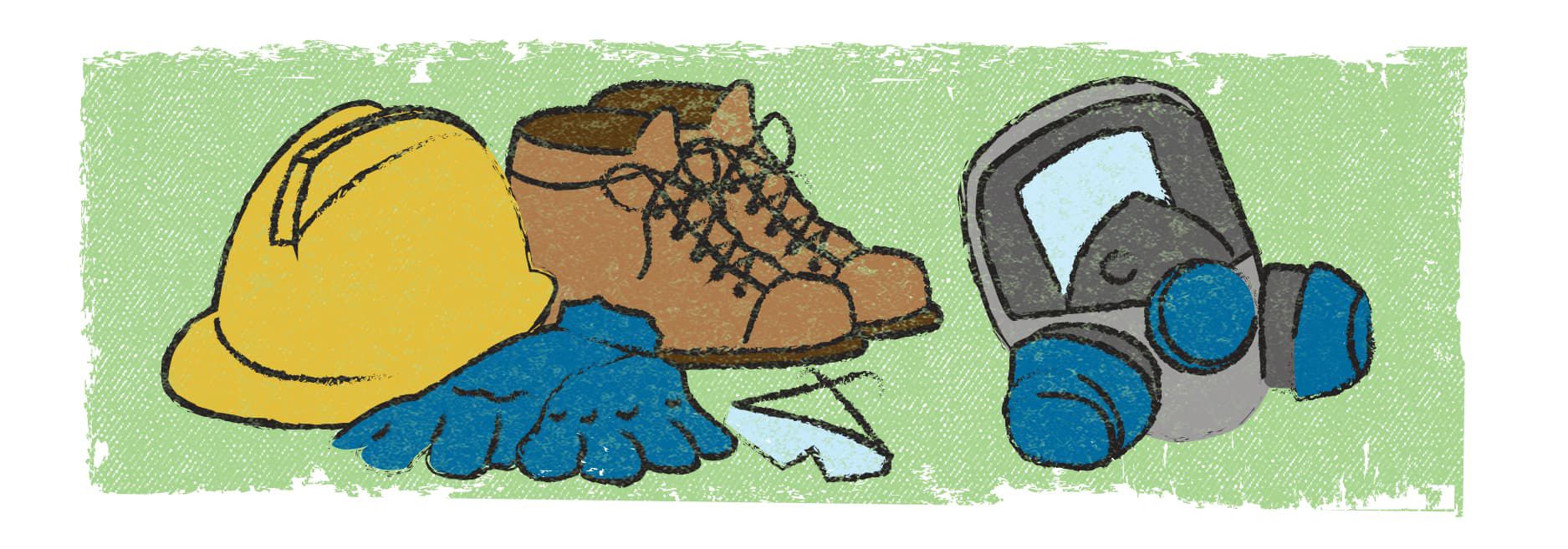Better safe than sorry
By Michael Halliwell
M. Eng., EP, P.Eng., Senior Environmental Engineer, Thurber Engineering Ltd.

As an environmental engineer, my life deals with looking for things that many clients hope I don’t find. Although my job involves soil and groundwater a majority of the time, I am also involved in radon and hazardous building materials assessments. Generally speaking, my job is not what most people think of when they find out I’m an engineer.
I recently had a client come to us for an assessment of five gas sites before the infrastructure was removed and the sites were decommissioned. These sites were in rural locations and, for a couple of them, the comments we received were, “Oh, there’s nothing there, so you probably won’t have to do anything with them.” Looking at the information provided, I could understand why the client thought so. There wasn’t much infrastructure left there.
Still, regardless of the site, I’ve learned to take safety seriously. So out came the usual gear for a gas site: hard hat, safety boots, safety glasses, coveralls made with DuPont™ Nomex®, gloves and the gas monitors. When we actually started sampling, the respirators came out too. I know a lot of us have become used to working with masks during the pandemic, but full-face respirators are not generally a fun piece of equipment to wear all day. However, industrial sites can have a pretty high potential for asbestos, so if we’re going to be carving out samples, it’s better to be safe than sorry.
The job went well. We got our samples, made sure to handle everything as if it contained asbestos and got our gear cleaned up properly after the job. Well, wouldn’t you know it…when we got the lab results back, over a quarter of the samples came back with chrysotile asbestos (some as high as 80 percent) and a few additional samples came back with wollastonite (a silicate industrial mineral used as an asbestos replacement that often contains fine quartz). Yes, even at the two sites where “there’s nothing there,” we found asbestos.
Let’s face it. Safety gear can be time consuming to get on and a bit of a pain in the rear, and as a result, we can be tempted from time to time by the old, “Oh, it’ll just take a second” type of jobs to not get fully geared up. What experience has taught me, and these site assessments have confirmed, is that there are no small jobs as far as safety is concerned. Do it right; it is better to be safe than sorry.
